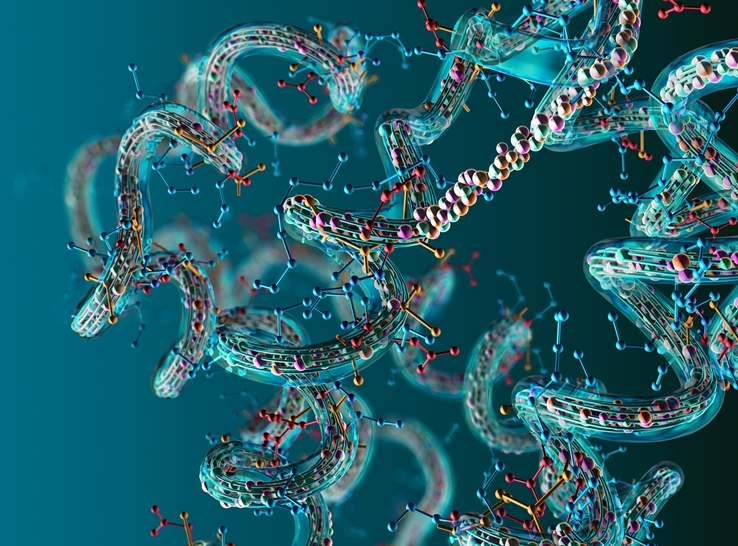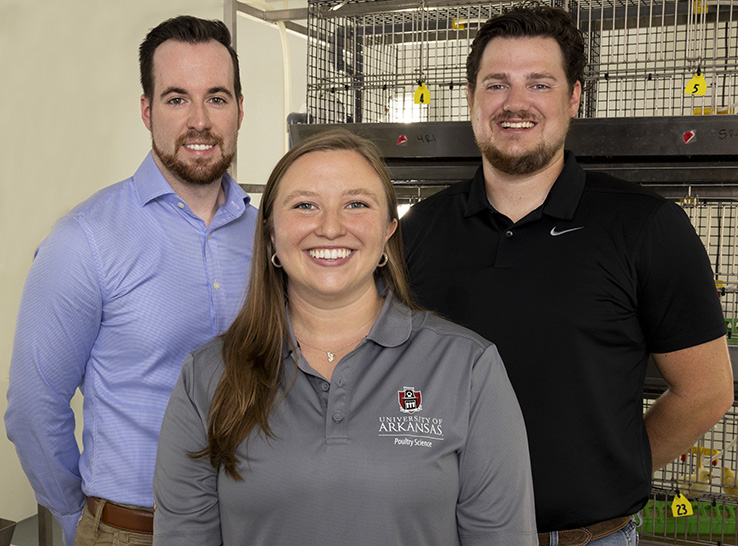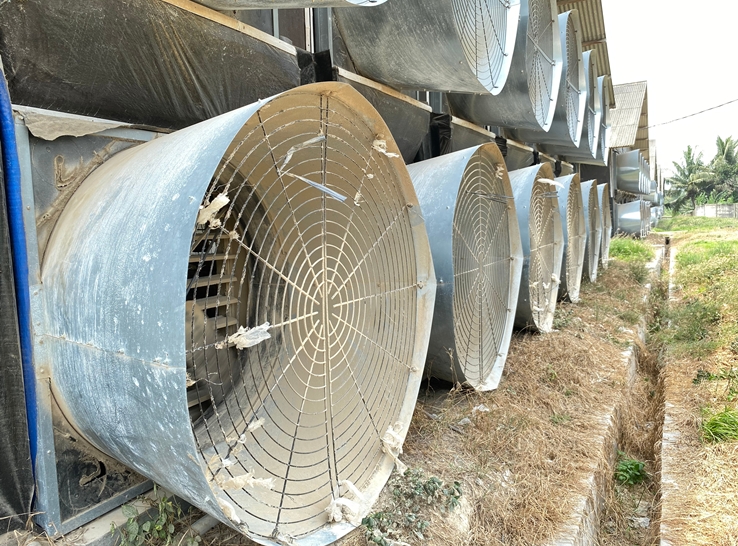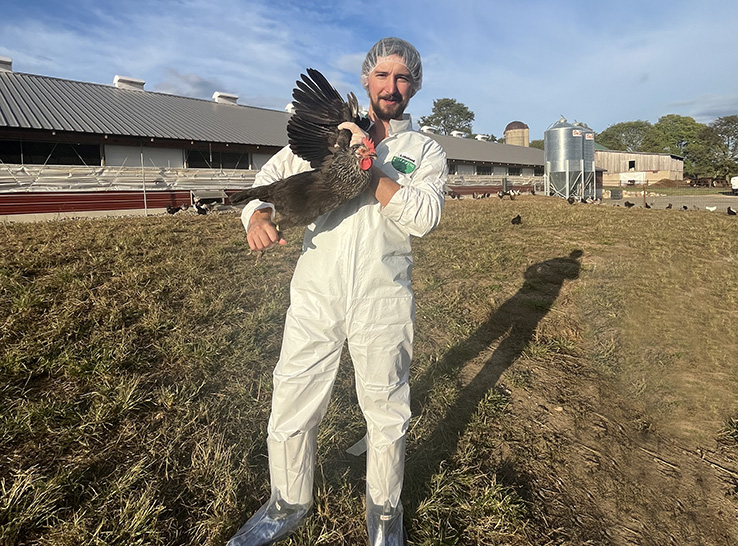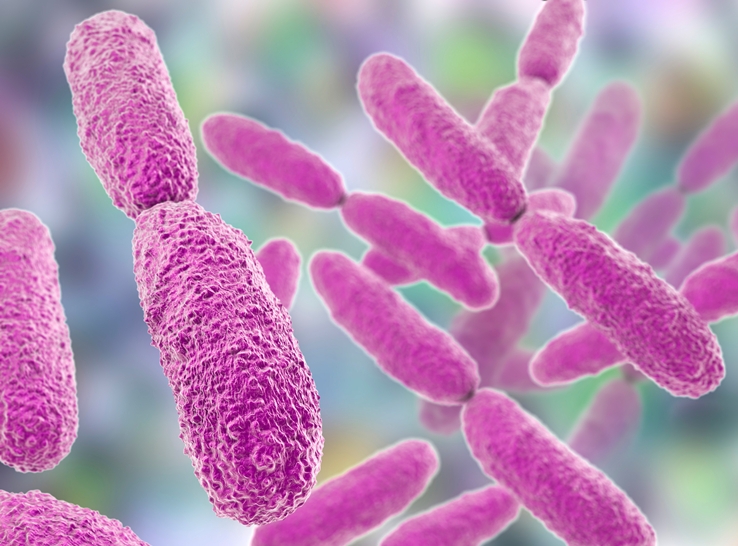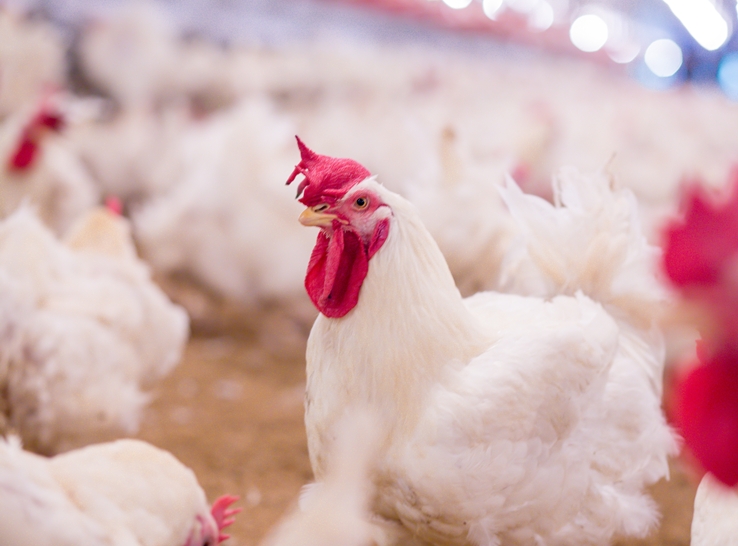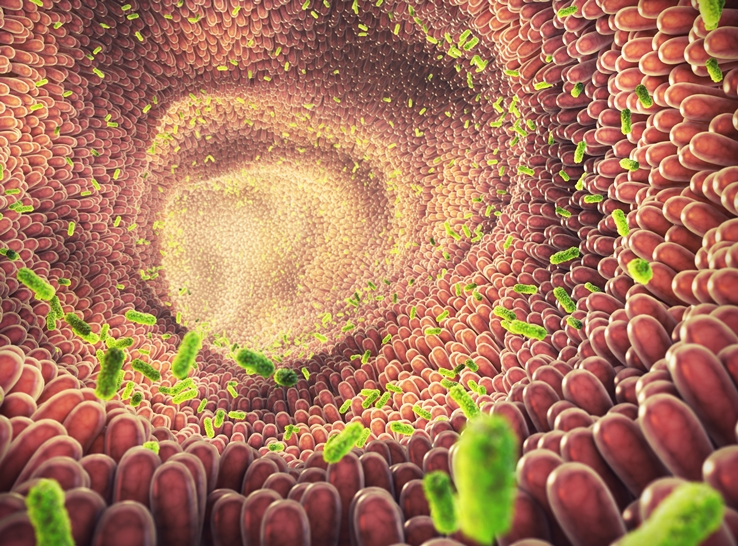Branched-chain amino acid interactions influence performance, feather quality and egg quality of laying hens
Low crude-protein diets are a well-proven practice to reduce diet cost and minimize excess nitrogen and excreta, thereby benefiting profitability, health and welfare in broilers and swine. However, the laying-hen industry is far behind in understanding the interaction and requirement of lower amino acids.

